Indigo, Japanese Pink (Ko-sen-bon) (Persicaria tinctoria) seeds, organic
$4.95 – $49.10
Family: Buckwheat (Polygonaceae)
Annual, 150 days to maturity
(Dyer’s Knotweed, Japanese Indigo, Ko-sen-bon, Liao lan) This is the pink-flowered type. Frost-tender annual to 3 feet tall, a much-branched plant native to Eastern Europe and Asia, including especially Japan and Korea. Traditional use: Fresh and Dried leaves used in treating infections, as a disinfectant, also as a treatment for canker sores and seafood poisoning. Source of indicin–pure indigo dye. I just wanted to point out that the fresh leaves are colored green, not indigo blue. The one picture in the gallery of a blue leaf is how they appear when they wither, with the indigo showing through. Plant does well in standard garden culture, in sun to part shade, with a moderately rich soil and reasonably frequent watering. That said, it is an easily-grown and forgiving plant. Seed is kept refrigerated and should be planted as soon as possible after receipt. Sow 1/4 inch deep in rich soil, tamp securely, keep evenly moist and maintain at 70 to 75 degrees F for best germination. The basic horticultural technique for growing these in the temperate zone is to sow the seed in March, transplant seedlings to field in May, first harvest July, second harvest August.
Packet contains 20 seeds
1g contains ~400 seeds
5 g contains ~2.000 seeds
10 g contains ~4,000 seeds
Certified Organically Grown


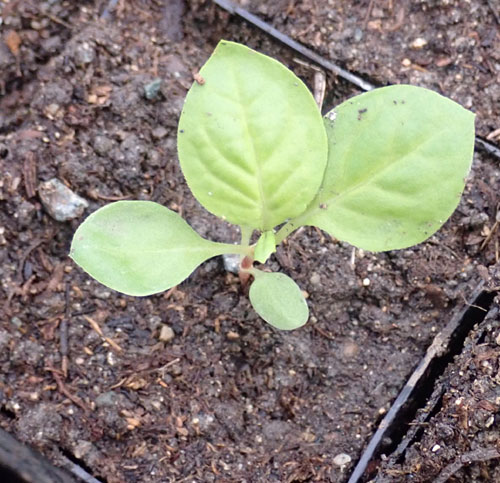
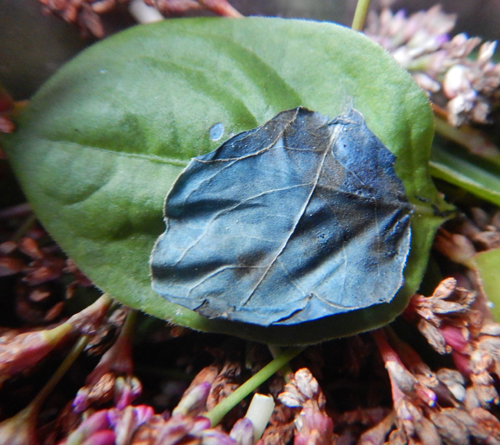
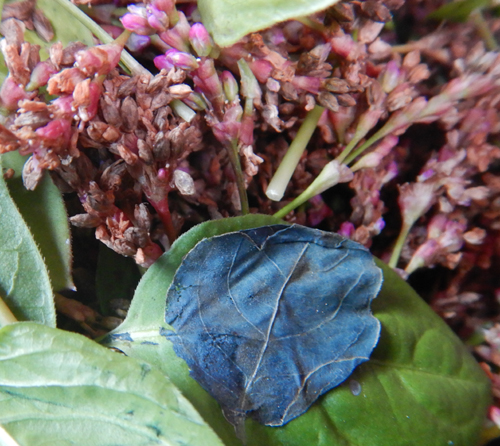
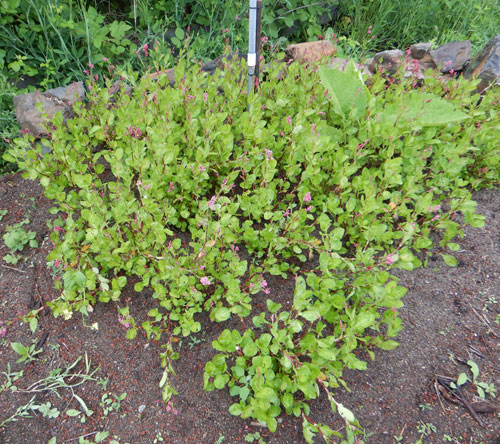
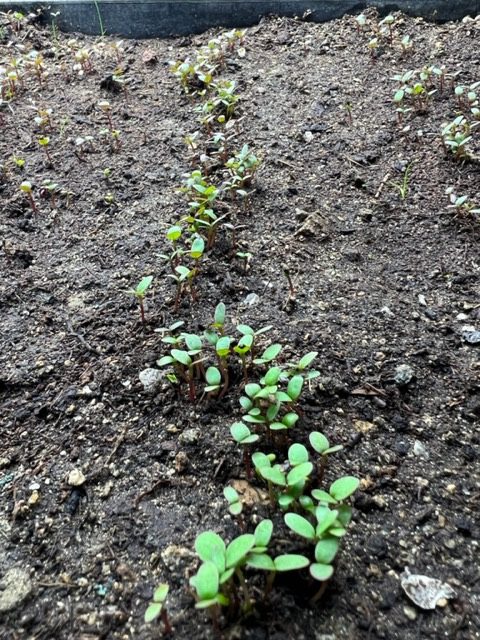
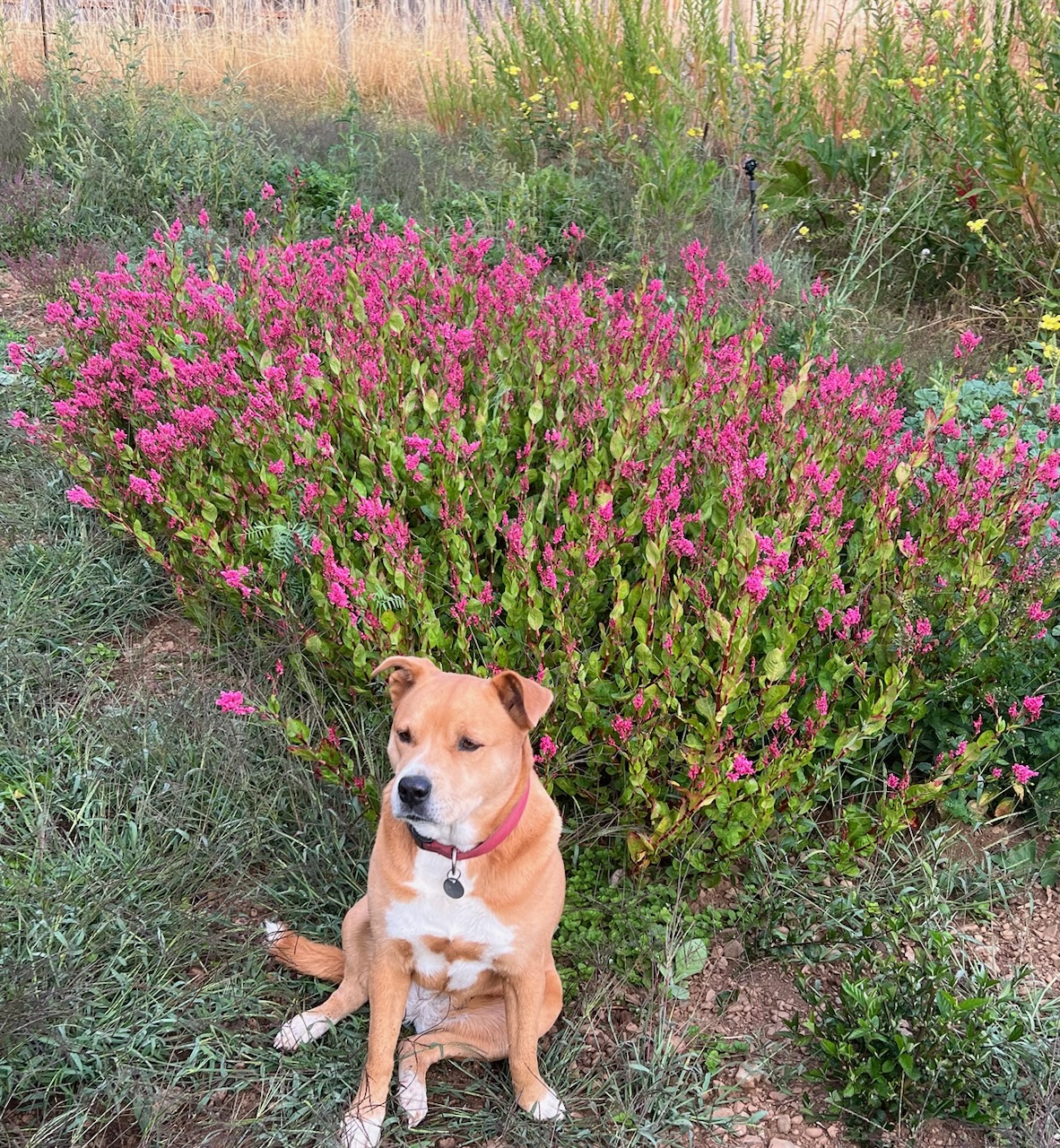

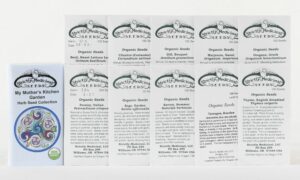
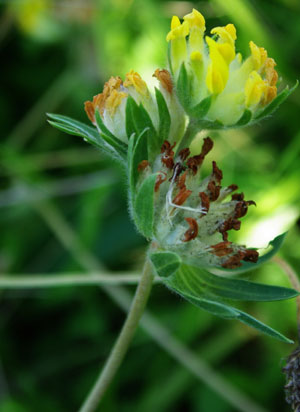
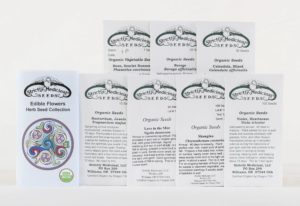
Question
Leanne Cares (verified owner) –
Hi, and thank you for the seeds! If I don’t plant all of these seeds this year and keep the leftovers refrigerated, do you know if they will still germinate next spring? Also, since I’m starting late, if I plant them in pots do you think they would do ok indoors for a short time in the fall when temps start to drop? Thank you!
Upvote if this was helpful (0) Downvote if this was not helpful (0) Watch Unwatch Flag for removal
Richo Cech –
Hi Leanne,
This is short-lived seed of a fast-growing annual. I recommend planting the whole packet, it is a single-use packet. They can be planted out or kept in potted culture and they do not withstand frost.
Richo
Upvote if this was helpful (0) Downvote if this was not helpful (0) Flag for removal
Question
Satya –
Will these seeds be happy in Xone 10-11, south Florida?
Upvote if this was helpful (0) Downvote if this was not helpful (0) Watch Unwatch Flag for removal
Richo Cech –
Hello Satya, thanks for contacting. This is a quick annual which doesn’t care much about zones–it grows in the summer, it works throughout the USA. richo
Upvote if this was helpful (0) Downvote if this was not helpful (0) Flag for removal
sherrill pearce –
i would also like to buy seeds for blue indigo please
Upvote if this was helpful (0) Downvote if this was not helpful (0) Flag for removal
Richo Cech –
hi sherrill, i think you’re probably talking about Indigofera tinctoria, which I did at one time research, find and grow. It turned out to be a problematic species in my area and i had to give up on it. not sure where you can go to get verified material. r
Upvote if this was helpful (0) Downvote if this was not helpful (0) Flag for removal
Question
Dawni –
How much is shipping to 45013 for 1 packet of Ko-sen-bon? I cannot order without knowing the total cost.
Upvote if this was helpful (0) Downvote if this was not helpful (0) Watch Unwatch Flag for removal
Richo Cech –
$3.90, free if you order $10.00 worth of packets
Upvote if this was helpful (0) Downvote if this was not helpful (0) Flag for removal
Question
Denise (verified owner) –
Can you tell me any companion planting ideas?
Upvote if this was helpful (0) Downvote if this was not helpful (0) Watch Unwatch Flag for removal
Richo Cech –
Something tall that won’t mind having its feet wet and knees in pink flowers, something like an elecampane or a black cohosh, the possibilities are legion.
Upvote if this was helpful (0) Downvote if this was not helpful (0) Flag for removal
Question
Clara (verified owner) –
Hello! My indigo starts are growing beautifully in their trays. I’m gardening them off and can’t wait to transplant them out. As 3’ tall branching plants, how much space between the plants do you recommend? Thank you!
Upvote if this was helpful (0) Downvote if this was not helpful (0) Watch Unwatch Flag for removal
Richo Cech –
These work well in a bedded situation and will create a monotypic stand with no chance of weed pressure if planted just a foot apart. They can be planted individually or spaced more widely, but it is nice to crowd them a bit because they have better wind-resistance that way.
Upvote if this was helpful (0) Downvote if this was not helpful (0) Flag for removal